
The 23 festivals you can’t miss in Andalucia
Any excuse is good to know the charms of all the corners of the south of the peninsula. But if your visit also coincides with some of the celebrations that Andalucia has, your visit will be the best. In Andalucian lands, pagan and religious events are mixed, both of them manage to year after year gather a large number of people who decide to come to live these celebrations up close. Write on your calendar the dates of the fairs and festivals in Andalucia to plan a getaway. You will not regret visiting these typical Andalucian festivals that we recommend you.
The best festivals in Andalucia
1. Cruces de Mayo in Granada
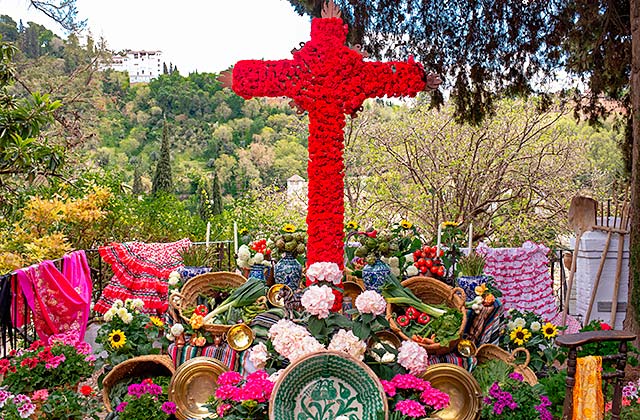
ruces de Mayo (May Crosses) in Granada
The Cruces de Mayo (May Crosses) in Granada is one of the most famous festivals in Andalucia. In early May, the city’s neighbourhoods, streets and squares put up their flower adorned crosses in a space where they also gather traditional embroidered shawls, local pottery and items made using marquetry, a traditional craft of Arabic origin from the Alhambra. The women wear Flamenco dresses and the men wear shorts, and on the “day of the cross” visitors can enjoy the best wine, the best folkloric dance and lots of laughter.
2. Patios de Cordoba
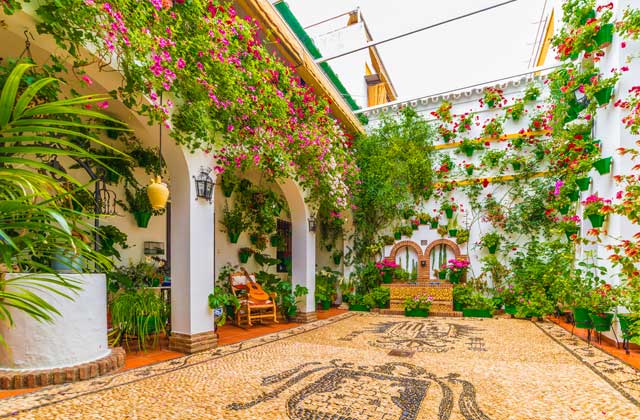
Patios de Córdoba
In May, the Caliphal city of Cordoba is decked out to the nines with flowers. Locals take great care to adorn their balconies and courtyards in a tradition dating back to the Arabic era, when entrance halls and cobblestone courtyards were covered in vegetation to humidify and refresh the first hot months. Today, the custom remains and a famous contest is even held each year to select the prettiest decoration. You really should visit Cordoba on this date so you can stroll its beautiful streets and enjoy some delicious tapas accompanied by a good local wine.
3. El Rocío in Almonte (Huelva)
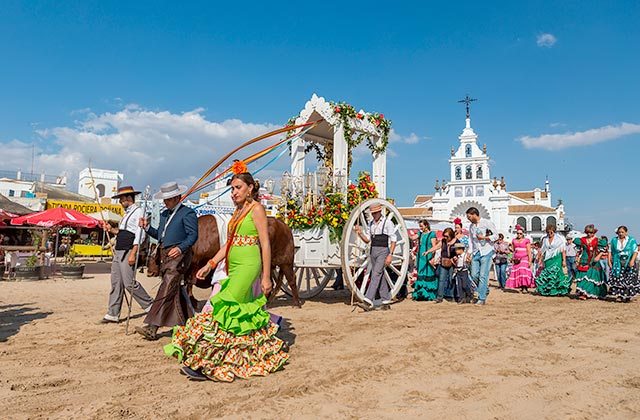
El Rocio, Huelva – Crédito editorial: Sergio Sergo / Shutterstock.com
The road to Rocio is one of the most famous pilgrimages in Spain, along with the road from Santiago. La Blanca Paloma, or Dove, as the Virgin of Rocio is known, waits in her hermitage in Almonte, Huelva for pilgrims to arrive to take her out in a procession on Pentecost Sunday. This pilgrimage is one of the most popular religious manifestations in Andalucia. Decorated carts, horses and cars come from all over the region to see the Virgin. The women wear Flamenco dresses and the men wear shorts, and the pilgrims are accompanied by Spanish guitar and flamenco singing. This important Andalusian folkloric event is not to be missed.
4. Feria de Abril de Sevilla (Seville April Fair)
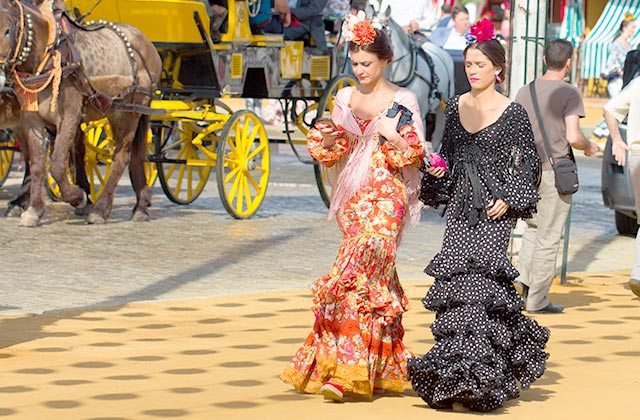
Feria de Abril Sevilla
Lanterns, polka dots, and above all, an abundance of colour: make sure you visit Seville so you can enjoy its April Fair. The stands fill up with people dancing sevillanas, a traditional local dance, and drinking the finest wine. The ham and cheese dishes play as important a role as the flamenco outfits. Horses also pass through the alleys and the festive, joyful atmosphere rubs off on everyone. It is definitely one of the most fun days to be had in Spain and has managed to attract international attention.
5. Semana Santa (Holy Week) in Malaga
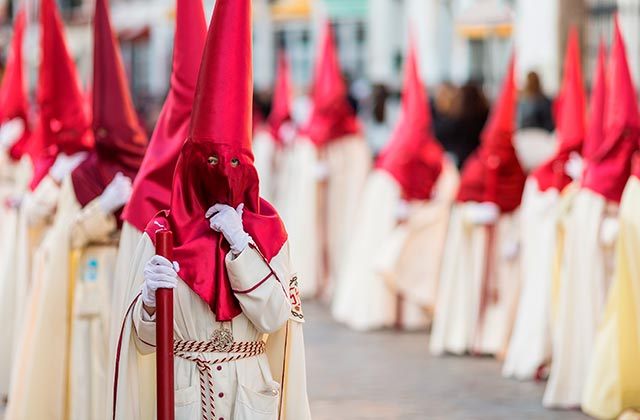
Holy Week of Málaga and Sevilla
Religion is one of the most important facets of Andalusian tradition. One of its most solemn and respectful, but no less spectacular, celebrations is Semana Santa. If you come to Malaga, don’t miss one of the most important events of the year. The locals take their most venerated images out on a procession accompanied by musical bands and nazarenos (penitents dressed in cloaks with their faces covered). The adornment of the thrones and the artistic wealth of the compositions make this one of Malaga’s most special weeks.
The Holy Week of Seville, which is one of the most famous and prominent in all of Spain, also deserves a special mention. The processions in Seville are stunning, with religious floats beautifully adorned and thousands of penitents participating in the processions. This Andalucian city is known for its majestic and emotional Holy Week, which attracts visitors from all over the world.
In addition to the artistic value, you cannot overlook the typical singing of this celebration, the “saeta,” which is closely linked to flamenco and adds a special touch to the atmosphere of Holy Week in Andalucia.
6. Cadiz Carnivals
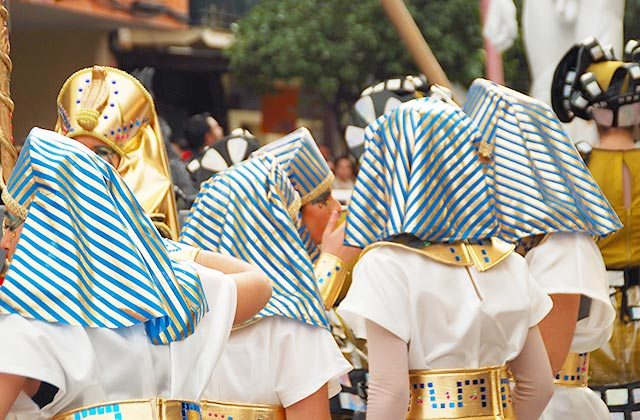
Cadiz Carnivals
The fun and cheeky nature of the people of Cadiz makes its presence known more than ever during the city’s carnival. Considered one of the most famous in Spain, the Gran Teatro Falla is the nerve centre of all the parties. It hosts the famous chirigotas contest, where, through music, sceptical and ironic critiques are made of the highlights of the year’s news. A visit to Cadiz during carnival should be on your agenda. The atmosphere in its streets and the colour of each corner mixed with the joy and friendliness of its people is the best reason to spend a few days’ holiday there.
7. Feria de Agosto de Málaga (Malaga August Fair)
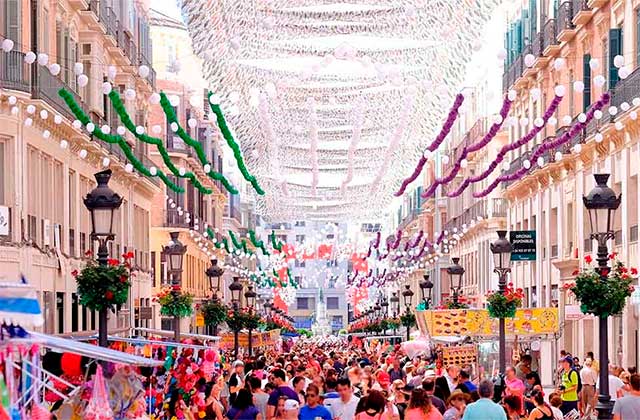
Malaga August Fair
The Malaga Fair stands out from others celebrated in Andalucia for its extensive daytime and night-time activities. From the morning, the streets of the centre start filling up with people dancing sevillanas and drinking sweet wine to the beat of clapping. When the sun sets, the fair site opens its doors to let people in to enjoy concerts, music, kids’ attractions and a long list of other activities. Shooting games are interspersed with the famous tombola and delicious candy floss. Make sure you dress Flamenco style and visit this fair to experience the joy that fills the people of Southern Spain.
8. Feria del Caballo de Jerez (Jerez Horse Fair), Cadiz
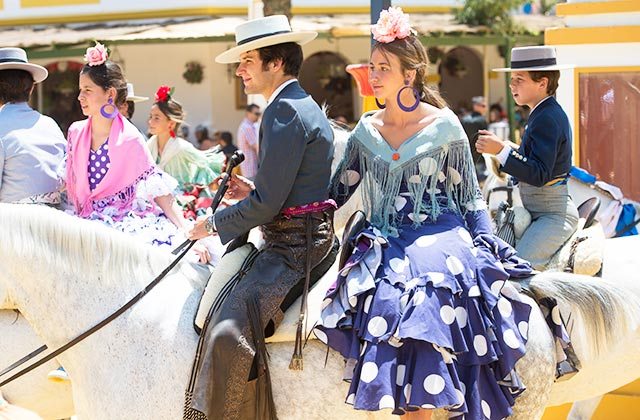
Feria del Caballo Jerez de la Frontera – Crédito editorial: KikoStock / Shutterstock.com
Every May, Jerez de la Frontera gets ready to host the Horse Fair, one of the most outstanding of its kind in Spain. Examples from all corners of the country and all breeds are brought to the city to be valued and watched. The animals parade through the main streets of the town, their magnificence mixing with the Flamenco singing, fine wine and traditional regional dress. Don’t miss this chance to enjoy the beauty of one of Spain’s most symbolic animals at this incredibly beautiful festival.
9. Columbus Festivals of Huelva
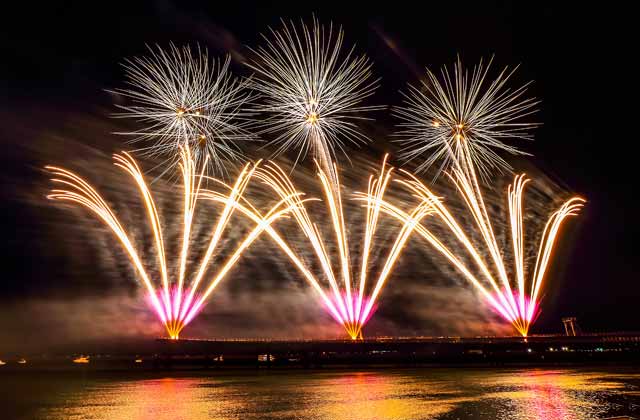
Fiestas Colombinas Huelva
The annual celebrations that take place in the city of Huelva to commemorate the different historical events related to the discovery of America are known as the Columbus Festivals. Early August is when this celebration marking the departure of Christopher Columbus from Palos de la Frontera to the New World takes place. Each year the festivals are dedicated to some Spanish city, Ibero-American country or special event for the locals.
10. Motorbike circuit in Jerez (Cadiz)
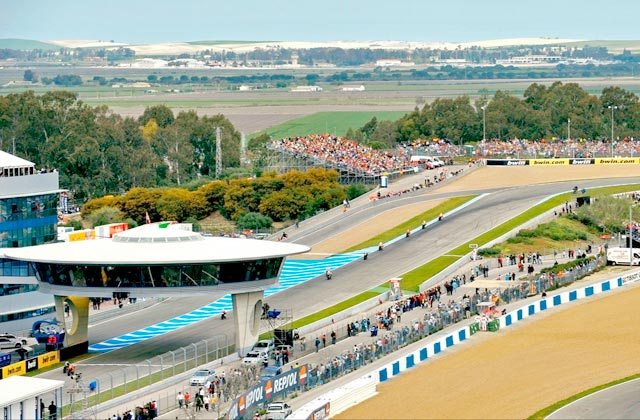
Motorbike circuit in Jerez (Cadiz)
This is not a traditional Andalusian festival, but it has become a real tradition. The Jerez motorbike circuit hosts national and international competitions and brings together thousands of motorcycle lovers. Since it is held in a valley, the track benefits from the mild climate and particular beauty of the Andalusian landscape. It is surrounded by hills on which large stands are mounted to provide a magnificent vantage point for the 250,000 plus spectators that can gather on the circuit. If you like sport, don’t miss this event if you are visiting Andalucia.
11. Horse races of Sanlúcar
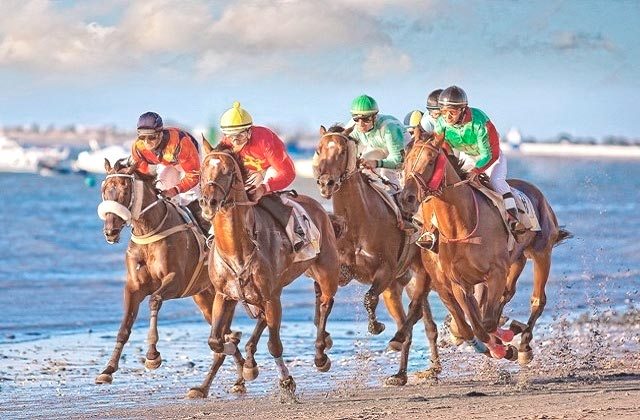
Horse races of Sanlúcar
As it has happened for more than 150 years, the town of Sanlúcar de Barrameda, Cádiz, becomes the center of attention due to a particular festivity that takes place at its beaches: the horse races. Visitors can watch the show for free right from the sand and even place some bets.
The horse races take place in August. They are celebrated in two alternate weeks, each event lasts three days. The action starts at sunset, taking advantage of the space cleared by the receding tide.
It currently is the oldest horse race in Spain and one of the oldest in Europe. It was declared an International Tourist Interest Festivity in 1997.
12. Matanza Vegetal de Calabazares (Vegetable Slaughtering of Calabazares) (Huelva)
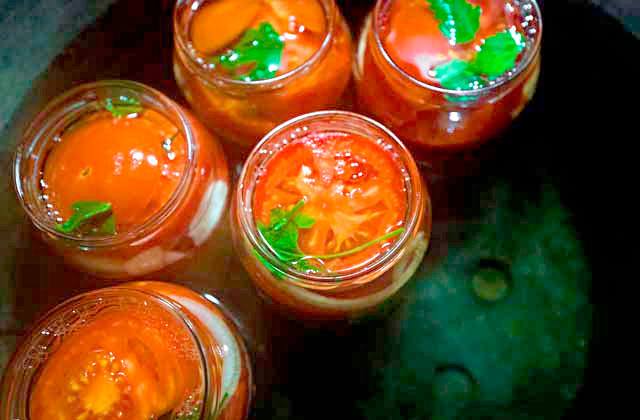
Matanza Vegetal de Calabazares
Famous for the Iberian pig traditional slaughtering, the Sierra of Huelva celebrates an ancient rite in Calabazares. Every two years, the “Vegetable Slaughtering” takes place; born as a homage to the farmers and as a way to preserve the traditional collection, processing and bottling of vegetables, as it was done in the past.
Displays of basic farming tools and implements, conferences, performances, in addition to demonstrations of tomato bottling and guided tours to the fertile orchards of the village are all part of an anticipated program at the Sierra.
13. Wine Night in Cómpeta (Malaga)
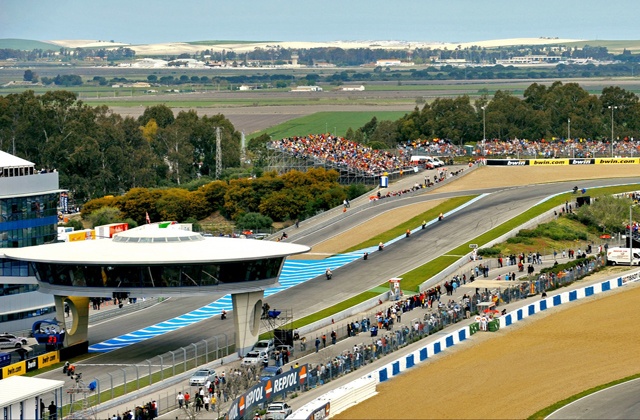
Wine Night in Cómpeta (Malaga)
At mid-August, day laborers from the towns of Axarquía used to get together to ask the Virgin of the Assumption for a good grape harvest. They celebrated before making their way to the country properties from which they did not return until October, with grapes and raisins already squashed or packed. From that celebration the “Wine Night” of Cómpeta was born, one of the traditional festivities of the Costa del Sol that takes place during the summer.
Respecting the tradition, each August 15th the music of the fandangos from Cómpeta plays as well as that from the pandas de verdiales. In addition, a complete activity program takes place and migas are eaten.
14. Dancing, the main attraction in Villablanca (Huelva)
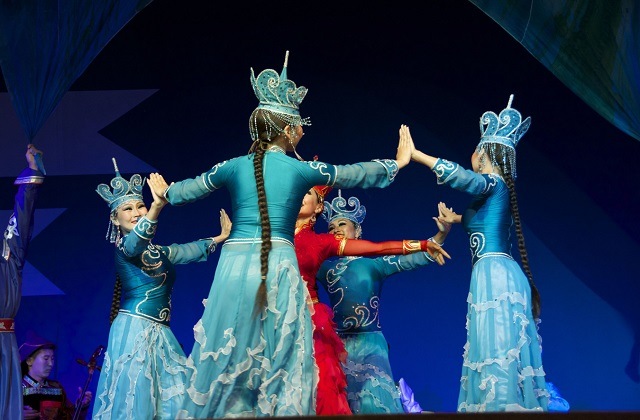
Dancing, the main attraction in Villablanca
Sitting on a square of a white town in Andalusia and enjoying dances as unknown as the African rhythms, the Aztec beats or transporting yourself to the Far East through music are real possibilities in Villablanca, in the province of Huelva.
This small town celebrates its most important festivity during the last week of August, honoring the Virgin of La Blanca, which is taken out into procession on the last Sunday of the month, accompanied by the traditional and popular Danza de los Palos.
15. Corpus Christi in Granada
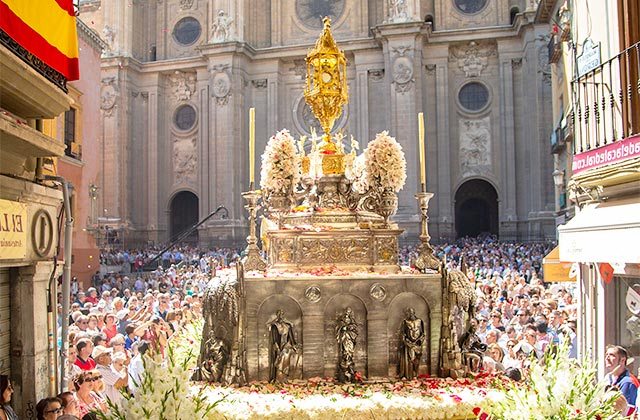
Corpus Christi in Granada
The entire city smells like Corpus and dresses as Corpus during these days in which all Granada participates in theater plays, concert and shows. You will find everything you need to enjoy one of this city’s most joyful traditions to the fullest.
The festivity starts on the Monday before the Thursday of Corpus Christy and ends on the following Sunday. You will enjoy the procession of one of Andalusia’s most beautiful protectors. All of Granada moves to a place in the outskirts of the city where there are stands and attractions of all kinds, a place to drink, eat, dance and have a great time amongst fun-loving people.
16. Quema de los Juanillos (Burning of Juanillos)
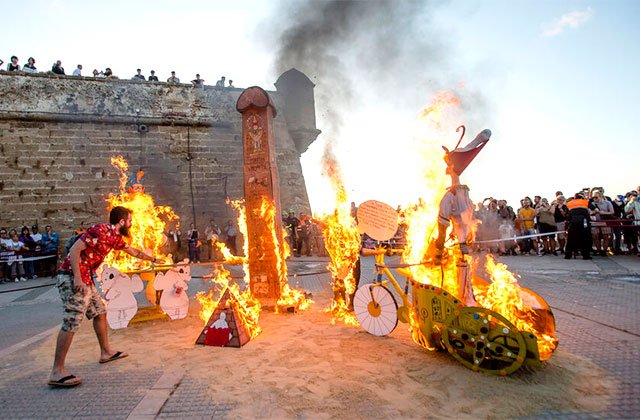
Quema de los Juanillos – Crédito www.diariodecadiz.es
The festivity with mystical reminiscences known as the “Quema de los Juanillos”, or the Burning of Juanillos, marks the arrival of the summer. The celebration starts on the previous day’s afternoon, that of the 23rd. The bonfires are set with dolls that symbolize famous characters or important events that turn out particularly funny. The original dolls burn at nightfall during what is known as the Quema de los Juanillos. During said burnings with certain ritual vibes, the idea is to leave the past behind by burning everything you wish to forget.
17. Marine Processions in Honor of the Virgin of Mount Carmel
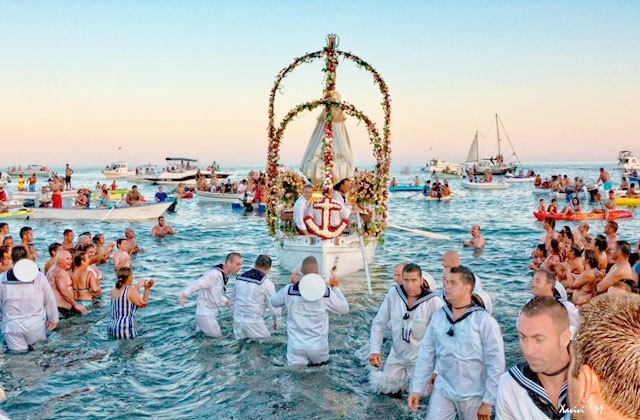
Virgen del Carmen processions
On July 26th, the festivity in honor of the Virgin of Mount Carmen takes place. That Saturday, fishermen decorate their boats and sound their horns across the bay to honor their patron saint. The festivity of their Virgin is usually celebrated in most of the municipalities with fishing traditions along the coast of Andalusia.
The Virgin of Mount Carmel festivity is a fishermen’s tradition that is experienced with great devotion and emotion. There are countless towns that have large sea processions to honor this Virgin. Her images are moved from the churches to the ports or beaches. There, she is taken aboard to travel the coast accompanied by recreational boats decorated and filled with devoted followers.
18. Romería de la Virgen de la Cabeza (Hermitage of the Virgin of the Head)
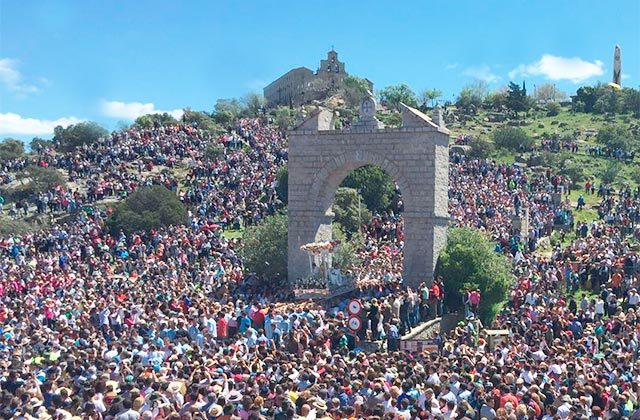
Virgen de la Cabeza
It is considered the oldest hermitage of Spain. Every year, the hermitage of the Virgin of the Head in Andújar gathers half a million people in the sanctuary of El Cerro del Cabezo, in the Sierra Morena.
19. Saint Luke in Jaen
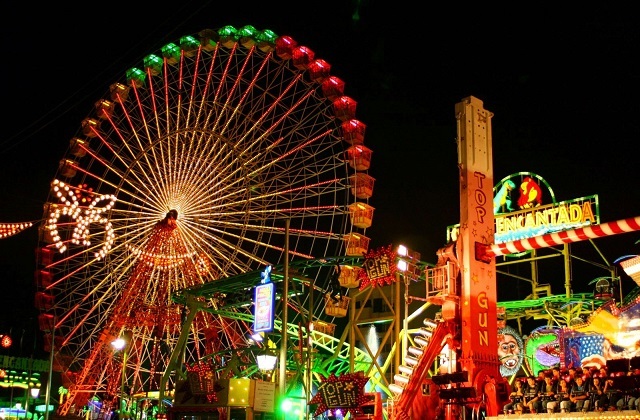
Saint Luke in Jaen
It is the last of the large festivities of Andalusia. It takes place mid October, as well as the last bullfighting festival of the season. The fairgrounds of La Vestida welcome thousands of visitors during the week it lasts.
20. Feria de Pedro Romero (Pedro Romero´s Fair) and Corrida Goyesca (Goyesque Style Bullfight)
During the first week of September, Ronda celebrates the Fair and Festival of Pedro Romero, the only fair in the world dedicated to a bullfighter.
The inhabitants of Ronda now have a new style of festivities to enjoy, with greater emphasis on the fair, which takes place by day in the center of the city. The main attraction of the Pedro Romero Fair in Ronda is the traditional Goyesque Bullfight. The Goyesque Bullfight combines the unique show of this particular bullfight with the unparalleled setting the Maestranza de Ronda (Bullring of the Royal Armory of Ronda).
21. Scottish Festival. Douglas Day in Teba (Málaga)
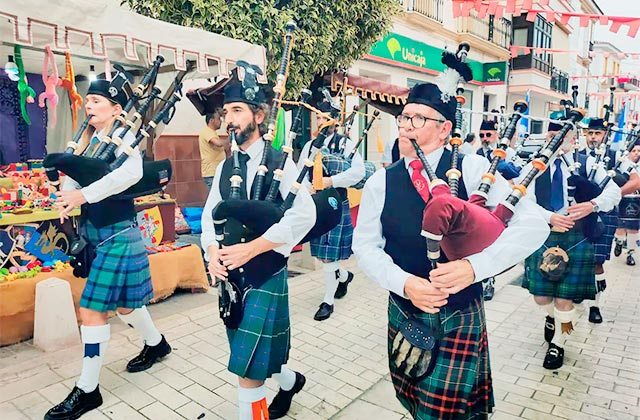
Douglas’ Day – Credito www.surinenglish.com
In the town of Teba in Malaga, held every August since 13 years ago the Days of Scotland or Douglas’ Days, this festival commemorates the death in 1330 of James Douglas, a Scottish warrior who carried in his chest the embalmed heart of Robert the Bruce, hero of the independence of Scotland.
In these days you can enjoy markets, Scottish pipers, different shows and gastronomic tastings.
22. Embrujo Andalusí and Luna Mora festivals (Málaga)
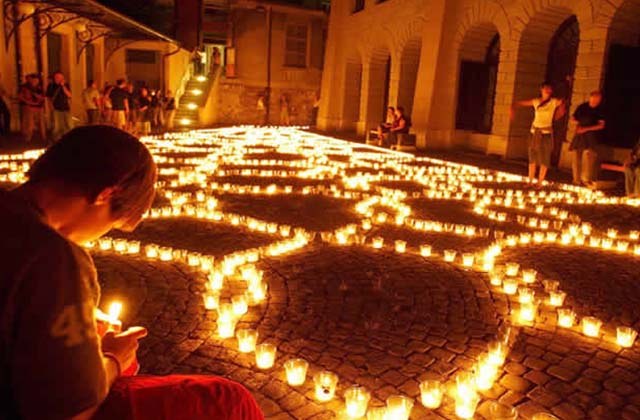
Luna Mora festivals
The Andalusí Embrujo festivities are held in the town of Carratraca, the second weekend of September is celebrated and it was the first commemorative festival on the old Al-Ándalus.
Another festival related to the Andalusian past is Luna Mora de Guaro, although these are more focused on music.
23. Fandango de Huelva Regional Contest
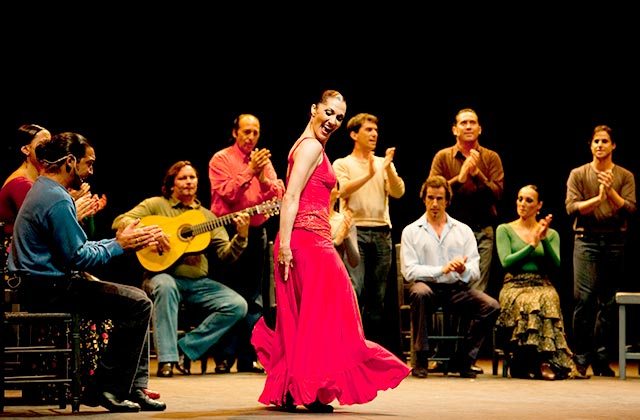
Fandango de Huelva
In the Huelva town of Villa de Paterna del Campo, the Fandango Regional Contest is held every summer. The fandango is a unique flamenco modality that to the sound of the Spanish guitar the best voices of the national flamenco scene will compete on stage to delight you with all their art.
If you are planning a getaway, don’t forget about these popular festivals that enrich the beautiful corners, magnificent gastronomy and heat of the Andalusian people even more. This is a region with a vast culture and folklore that can further enrich your holiday.
Tips and suggestions
- Dress according to the occasion: In many festivals in Andalucia, such as the Seville April Fair or the Cordoba Courtyards Festival, it is common to see people in traditional costumes. If you feel comfortable, consider dressing appropriately for the occasion to fully immerse yourself in the atmosphere.
- Plan ahead: Research the dates and details of the festival you wish to attend to ensure you are there at the right time. Some festivals have specific activities on certain days, so it’s helpful to know the event schedule.
- Be respectful: Many of these festivals have deep religious or traditional components. Respect local customs, the personal space of others, and the solemn or festive atmosphere, as appropriate.
- Try local cuisine: Festivals in Andalucia often offer a wide variety of traditional dishes and beverages. Take the opportunity to taste local food, such as tapas, paella, fried fish, gazpacho, and don’t forget to try the delicious tapas and typical drinks of each region.
- Enjoy the music and dance: Music and dance are integral parts of many festivals in Andalucia. Enjoy flamenco performances, music bands, and traditional dances. If you’re feeling adventurous, join the dance floor!
- Participate in local activities: Many festivals include participatory activities such as processions, parades, traditional games, or contests. Don’t hesitate to join these activities to fully experience the event.
- Interact with locals: Andalucians are known for their hospitality and friendliness. Take the opportunity to converse with locals and learn more about their traditions and customs.
- Plan accommodation in advance: If you plan to attend a major festival, such as the Seville April Fair or Holy Week, book your accommodation well in advance, as hotels and accommodations tend to fill up quickly and become more expensive during these festivities.
- Keep safety in mind: Just like at any crowded event, keep your belongings secure and prioritize your personal safety. Avoid carrying unnecessary valuables and stay aware of your surroundings.
- Embrace cultural diversity: Andalucia is a region with a rich cultural and historical heritage. Seize the opportunity to learn about the different influences that have shaped the region over the centuries, from Arab culture to the Gypsy culture.
The Festivals You Shouldn’t Miss In Malaga This Autumn
The fifteen festivals you cannot miss in Andalusia
WHERE TO STAY
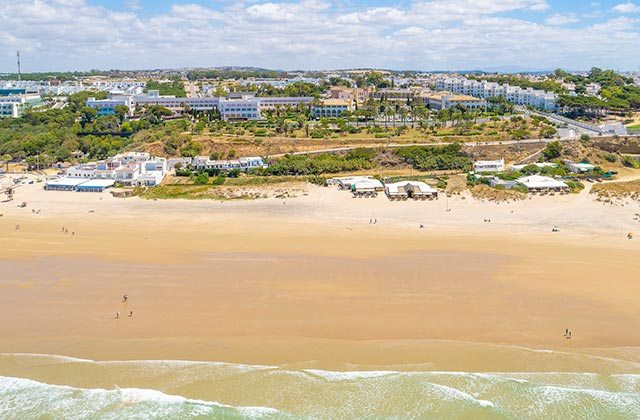
Hotel Fuerte Conil Resort
With your diary open and a list of all the cultural places and events to visit, make sure you choose a good place to stay. Fuerte Hotels is the best option for you to plan a perfect holiday. You can find these amazing hotels in Marbella, Conil. Grazalema, El Rompido and Torrox, which are close to the action of all these traditional Andalusian celebrations.
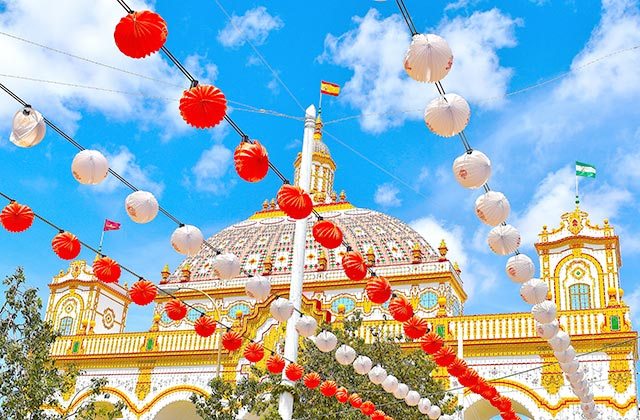
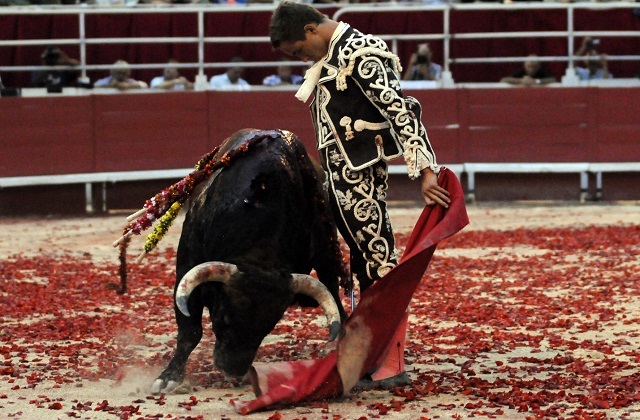
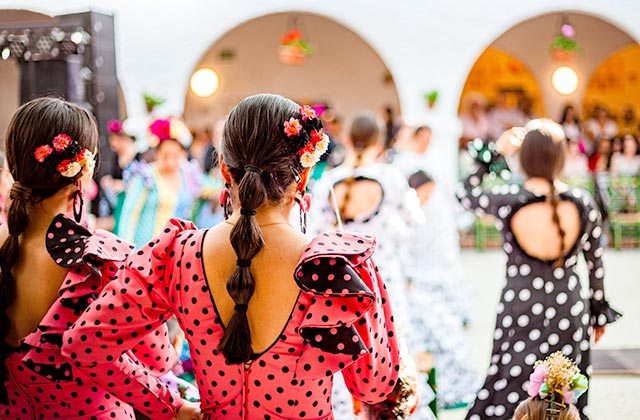
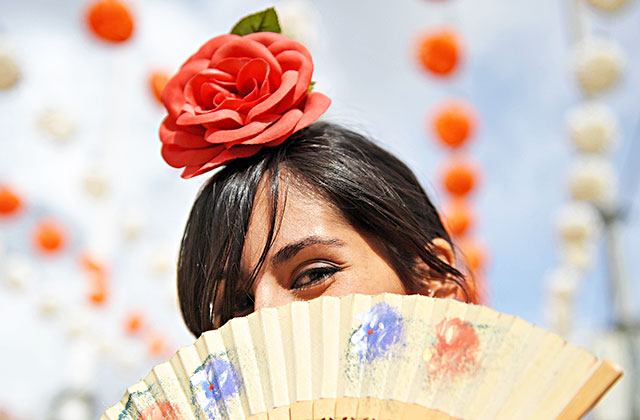


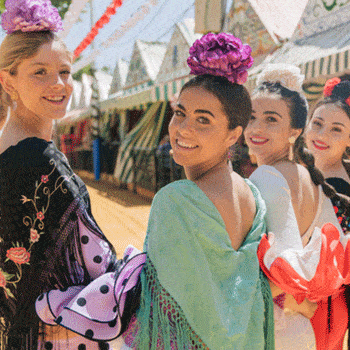


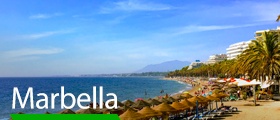

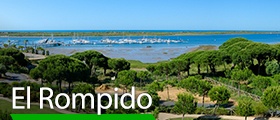
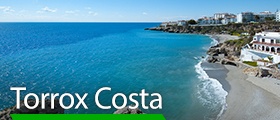
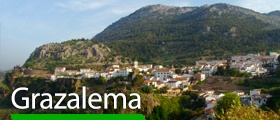






Expectacular!!